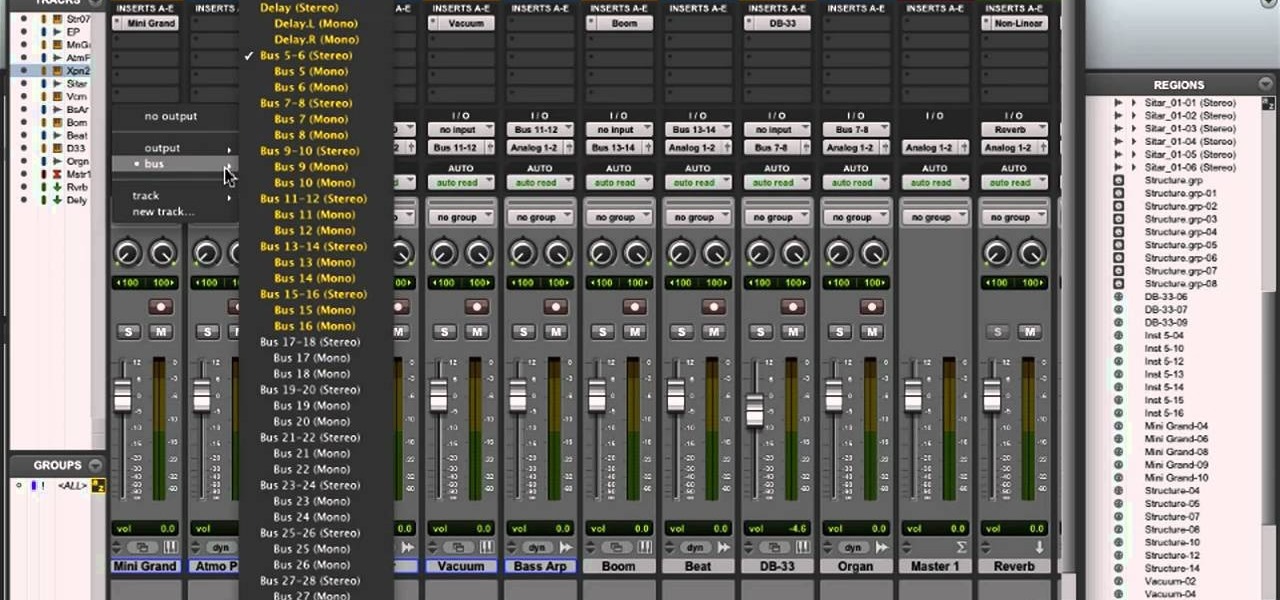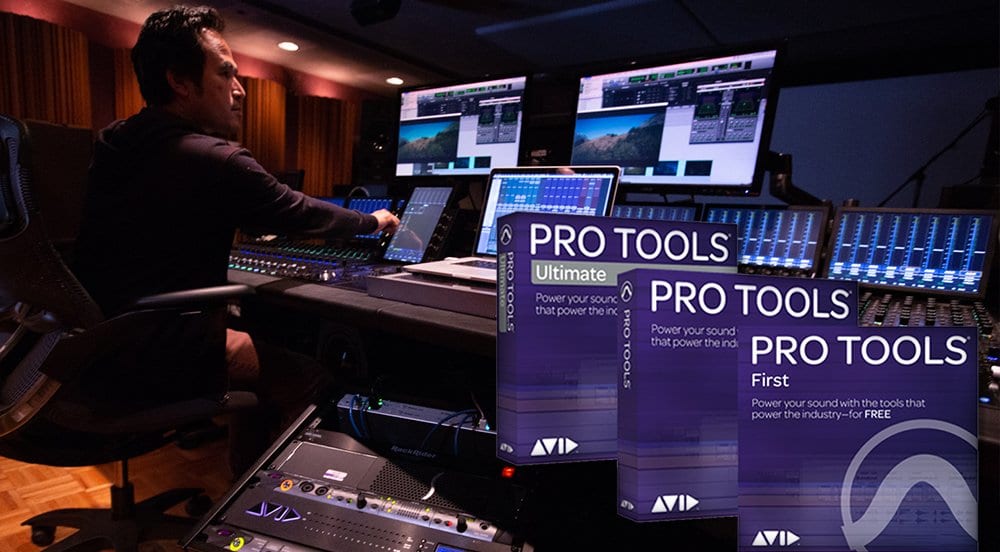

One thing lacking is the option to play instruments from the QWERTY keyboard, and this combined with the fairly 'functional' bundled instrument set means hardened programmers will probably look elsewhere. Pro Tools began life as an audio recording system, and whether you're using QuickPunch to drop into record or mixing with lots of automation, it's still incredibly reliable and good at such tasks.Īudio and MIDI editing can all be done in the main edit screen, but, there's also a dedicated MIDI Editor pane, similar to other big-name DAWs. VST/AU aren't supported (although there is a VST wrapper available). Newcomers should also be aware that Pro Tools uses its own plug-in format: RTAS. Pro Tools still doesn't have an offline rendering mode - if you mix down a ten-minute song, it'll take ten minutes to do it, unlike most DAWs, which accelerate the process.
#Avid Pro Tools 9 manual
There's also further manual adjustment should you need it, giving excellent user control. Interestingly, low-latency hardware monitoring still exists if you select an Avid interface that supports it (002, 003, Mbox Pro and Mbox Pro 2) but seems to be otherwise unavailable.Īutomatic delay compensation is big news for non-HD Pro Tools and we found it worked very well, not least because it flags up the channel whose plug-ins are causing the most latency.
#Avid Pro Tools 9 drivers
On the upside, switching between interfaces is simple, and there is reasonable flexibility here: Mac users can use a Pro Tools Aggregate Device for combining CoreAudio interfaces.Īlas, within Pro Tools, Avid's own interfaces only use DAE drivers and so can't be aggregated. But apart from multitrack capability being added to Beat Detective as standard, there's also not much new here.

Next up, the standard effects plug-ins (including the recent AIR effects and bundled Bomb Factory ones) cover most ground. This is a great starter set, though you'll still hanker after the full Instrument Expansion Pack.


 0 kommentar(er)
0 kommentar(er)
